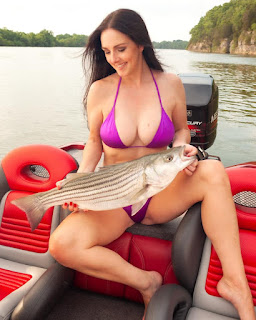The Maryland Department of Natural Resources announced results of this year’s juvenile striped bass survey, which tracks the reproductive success of the iconic fish in the Chesapeake Bay. The 2021 young-of-year index is 3.2 which is slightly higher than last year but still below the long-term average of 11.4.
The coastal striped bass population has decreased in size but is still capable of strong reproduction with the right environmental conditions. Variable spawning success is a well-known characteristic of the species. The index is slightly higher than 2020 but consecutive below-average indices are a concern, and biologists continue to examine factors that might limit spawning success.
Atlantic Coast states enacted responsible conservation measures in recent years to reduce harvest and protect striped bass during spawning season. Maryland will work with other states in the Atlantic States Marine Fisheries Commission to develop additional measures to enhance the striped bass population through the Atlantic striped bass fishery management plan.
Twenty-two survey sites are located in four major spawning areas: the Choptank, Nanticoke, and Potomac rivers, and the Upper Chesapeake Bay. Biologists visit each site three times per summer, collecting fish with two sweeps of a 100-foot beach seine net. The index represents the average number of recently hatched striped bass, commonly called rockfish, captured in each sample.
The Virginia Institute of Marine Science conducts a similar survey in the southern portion of Chesapeake Bay.
It is the nature of fisheries, and Striped Bass in particular, that such results are extremely variable from year to year, with a few good years, and many poor years. You can also see in the graph a suggestion of a "wave", with highs in the 60-70s, and again in late 90s and early 00s. If so, it would appear we are entering a period of relatively low numbers again.
What this means for the Chesapeake Bay on a personal level though, is that a possible recovery of the stripers has not begun, and the continual commercial and recreational catches and attendant mortality will continue to whittle away at the population. It takes 3 years for a new hatched striper to reach any of the size limits, so a recovery from a fisherman's perspective, is at least three years away still.



No comments:
Post a Comment